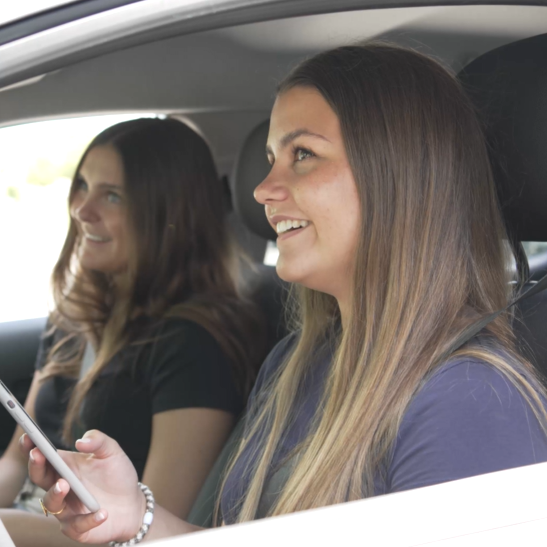The subsidy program: Simple and transparent
Thanks to our partners, private motorists can receive a subsidy every time they take someone along for the ride. This applies to all trips that start or end in one of our many partner areas (see below).
The passenger does not have to pay anything, but there is an option to charge an additional fee for longer trips.
For trips outside these areas, the passenger pays the full price of the trip.

Check if your usual rides are subsidized
Driver: Will get paid for trips outside partner areas
Yes, you always receive payment regardless of where you pick up passengers from. If the trip takes place outside our partner areas, passengers must pay the full price themselves.
For trips that are not eligible for a subsidy, your passengers will pay (DK: 1 kr. per km., NO: 15 kr., SE: 15 kr., NL: €2) for trips between 0-10 km. After that, they pay (DK: 0.75 kr., NOK: 1 kr., SEK: 1kr., NL: €0.10 ) per km.
Driver: I want the subsidy, but don’t want to charge my passengers
No problem, if your trip is eligible for a subsidy, you’ll always receive the subsidy. If you use the “Drive now” feature your passengers will never be charged – even if the trip exceeds 10 km.
If you have a scheduled or regular trip, you can choose not to charge passenger fees for longer trips when you set up your trip.
Passenger: Short trips in partner areas are always free
Passenger: What if I want to book a ride that is not subsidized?
If you book a ride outside our partner areas, you will be charged according to the length of the trip. If it is less than 10 km, you’ll only pay the subsidy amount (DK: 1 kr. per km., NO: 15 kr., SE: 15 kr., NL: €2). For trips exceeding 10 km the driver might also charge extra per km exceeding 10 km (DK: 0.75 kr, NO: 1 kr, SE: 1 kr, NL: €0.10).
Download nabogo now
Type in your phone number to get started with nabogo now!
Our partners help make the subsidy program available
Nabogo is funded entirely by public intuitions and traffic operators who want to provide carpooling as a service to increase mobility and reduce CO2 and congestion.